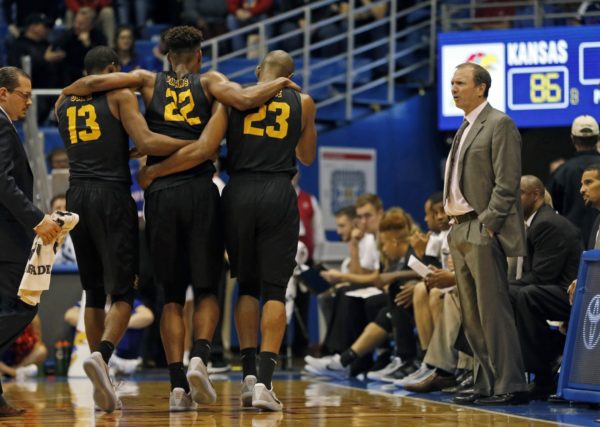Does Non-Conference Scheduling Matter?
Posted by Will Ezekowitz on January 5th, 2017As we transition into the first full week of the conference season, commentators and pundits alike will be heard discussing how the toughness of a team’s non-conference schedule prepared them for the rigors of conference play. There is a long held prevailing belief in college basketball circles that a difficult non-conference schedule forces teams to improve on the fly. The premise is that those teams, having faced several opponents of equal or better acumen, are better prepared — “battle-tested,” if you will — for the early weeks of conference play. We can call this the Long Beach State Theory, as Don Monson’s team has ranked among the nation’s top five in non-conference strength of schedule (per KenPom), since 2010. Clearly he believes that a tough schedule in November and December readies the 49ers for Big West play. But is it really true?
In order to test this assumption, KenPom helpfully ranks the difficulty of every team’s non-conference slate. If the teams with the most difficult non-conference schedules consistently see their overall ratings rise during conference play, then we will know that those teams have improved over time relative to the rest of college basketball. We limited our sample to mid-majors exclusively, for the simple reason that it’s easier to gauge actual improvement over time from the middle of the national pack (e.g., Montana playing the 14th-toughest non-conference schedule last season and raising its KenPom rating by 35 spots during conference play). In reviewing the last six years of teams finishing among the top 40 non-conference schedules, 150 mid-majors qualified for our analysis.










































